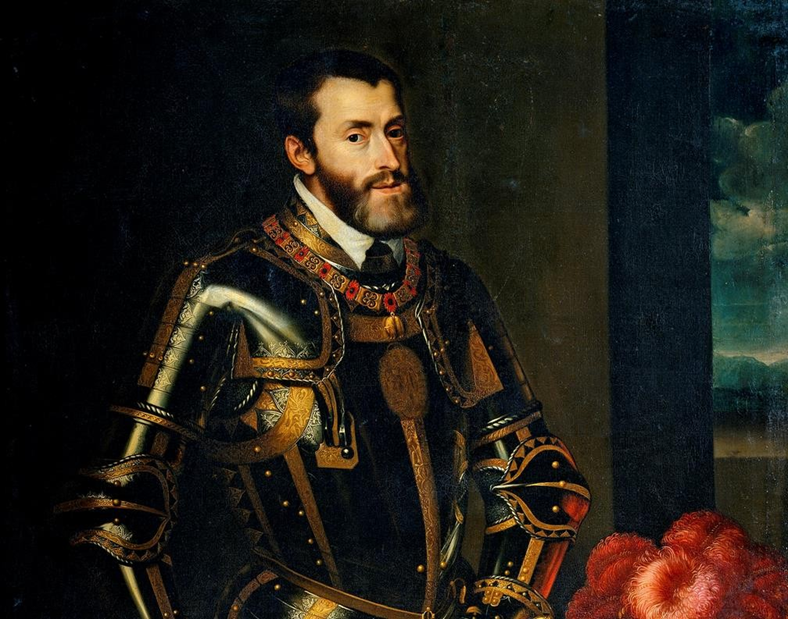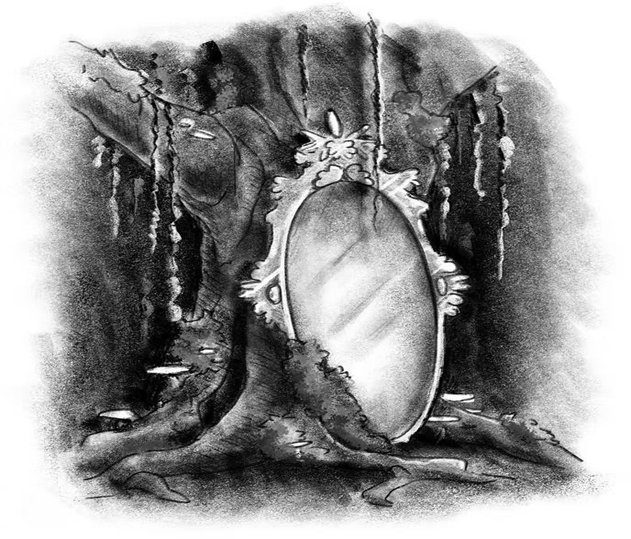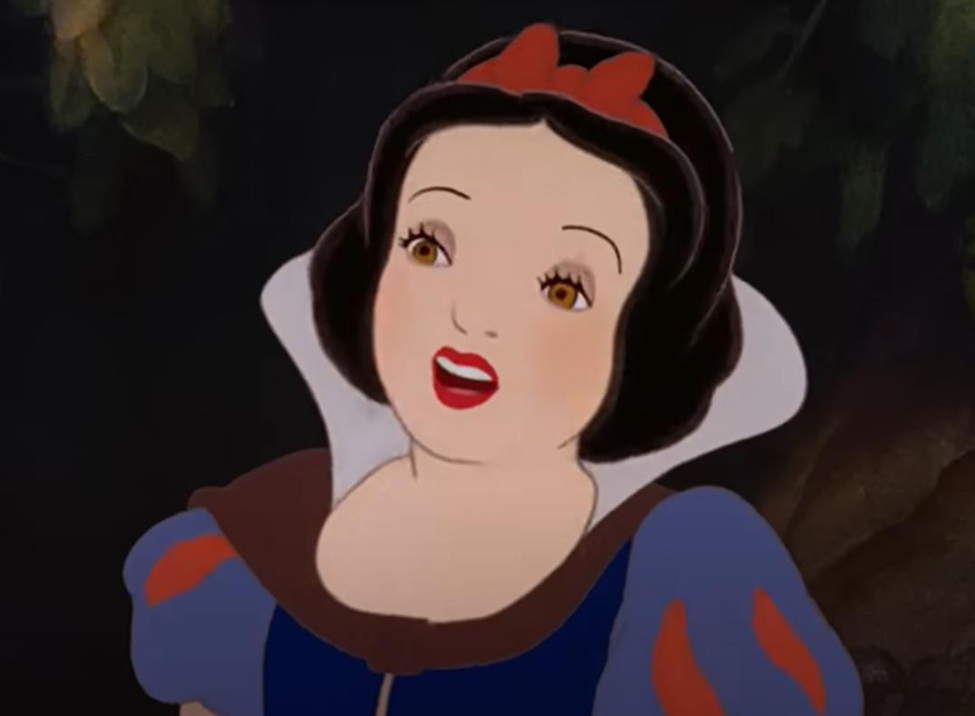The Snow White We Never Knew
- Ana Binny
- Aug 18
- 3 min read
In 1533, German countess Margaretha von Waldeck was born. According to local records, she was a remarkable beauty with dark hair, pale skin, and crimson lips—features that would reverberate in one of the most enduring fairy tales in the world centuries later. Margareta, her mother, who passed away when she was just four years old, inspired her name. Katharina von Hatzfeldt later married her father, Philip IV. Although they were said to have a good relationship, Katharina disliked Philip's kids and frequently sent them to live with family.

Margaretha was sent to live at Valkenburg Castle in Brussels with her uncle, Johann Cirksena, when she was sixteen years old. She was introduced at the court there and immediately attracted the attention of three powerful aristocrats, including Prince Philip II of Spain, who fell madly in love with her. However, the fact that Philip was a devoted Catholic and Margaretha was Lutheran presented a significant barrier to their relationship. Expecting his son to marry for the benefit of the kingdom, the King of Spain was against the match.

Shortly after, Margaretha, who was 21 at the time, became gravely ill. Her shaky handwriting on her testament further fuelled suspicion among friends that she had been poisoned gradually over time. Despite some conjectures regarding her stepmother's role, she was never regarded as a suspect and passed away just two years later. However, historian Eckhard Sander continues to believe that the Grimm Brothers' Snow White was inspired by Margaretha's story.
The Dwarves and the Mines
According to Sander, Philip IV owned a number of copper mines in the Berg Freiheit village, which is now a part of Bad Wildungen. The stereotype of dwarves originated from the fact that many of the labourer’s were children whose growth was stunted by the harsh conditions. According to reports, mine gases caused their hair to turn gray too soon, and they shared tiny cottages with as many as thirty people.
The Mirror of Lohr
Another historical person who is occasionally associated with Snow White lived nearby in the kingdom of Lohr: Maria Sophia Margaretha Catherina von Erthal. Her stepmother was given a large looking glass as a gift after her father remarried and her mother passed away. The region's well-known glassworks created that mirror, which is still on display in Lohr Castle. They are known for their clarity and for the inscriptions in the upper corner that "spoke the truth" and promoted self-love.

The Poisoned Apples
According to local records, a man in Margaretha's neighbourhood of Wildungen gave poisoned apples to kids he thought were robbing him. Even though he was ultimately taken into custody, the case's publicity probably contributed to the poisoned apple motif becoming part of local folklore.
A Tale Woven from Many Threads
There has long been discussion about which area—Waldeck or Lohr—contributed more to the Snow White myth. According to many historians, the Grimm Brothers combined several local folktales. Sander speculates that the brothers might have heard about Margaretha's demise from their sister, who had travelled to the area where she resided.

From History to Disney

The first full-length animated feature film ever made was Snow White and the Seven Dwarfs, which Walt Disney released in 1937. Snow White's red lips, fair skin, and black hair matched Margaretha's documented appearance as well as the Grimm description. By becoming one of the most cherished animated classics, the film permanently linked the fairy tale to popular culture.
Margaretha's Last Sleep
Margaretha's grave is thought to be beneath the current Brussels Bourse (stock exchange), though this has not been verified. Despite the tragic nature of her brief life, her story endured and was reimagined as a timeless fairy tale that combined elements of magic, mystery, and tragedy.

Fact or Fairy Tale?
Although there isn't any concrete evidence that Margaretha von Waldeck served as the real inspiration for Snow White, historians and storytellers are still fascinated by the theories surrounding her life. Part of what makes the story so engrossing is the blurring of the boundaries between fact and folklore, history and myth.





Comments